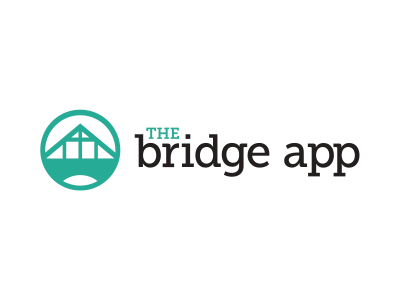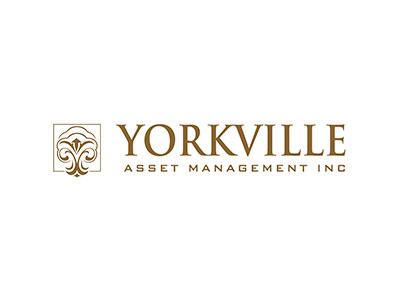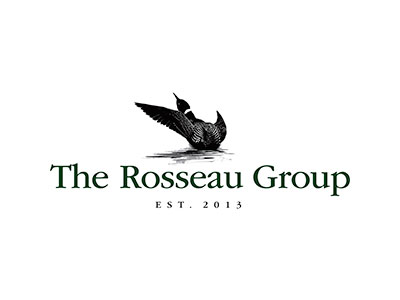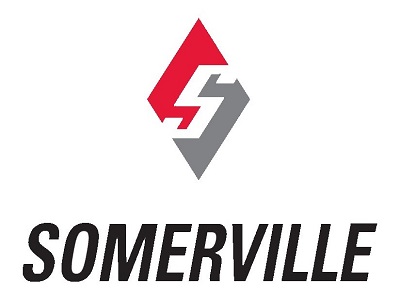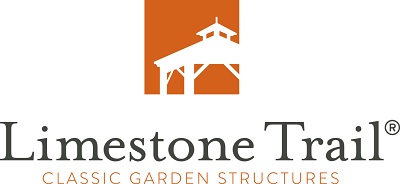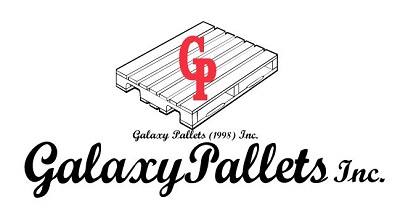When people think about building a hospital, the shiny new building from a project’s renderings often come to mind. Construction-related comments like “shovels in the ground” or “opening the doors” are tossed around in casual conversation.
Less attention is paid to the thousands of critical items which make the hospital function. Operating tables, IV pumps, task chairs, stretchers, ultrasound machines, waiting room seating, scalpels.
In the hospital sector, these items are referred to as furniture, fixtures and equipment, or commonly just “FF&E” and are absolutely essential for the care that’s provided.
Figuring out FF&E
Calculating the FF&E needed for a new hospital is complex, but is also similar to how a family would figure out the décor in their home.
“Think about your living room and all the items in it. You have a couch, chairs, coffee table, maybe a lamp or two, some shelves, possibly a TV, area rug, artwork, books. If you were to move, you’d look at your furnishing and based on their condition and the space in the new house, which should be kept or replaced. That’s essentially what needs to be done when planning for every room in a new hospital,” said Bart DeVries, HHS director of redevelopment.
Knowing what you’ll need starts with knowing what you currently have and what can be transferred to the new building. To help with this process, hospital redevelopment teams lean on industry experts.
“Our team went in last June and did a complete inventory of the existing assets. Each item was tagged, barcoded and logged so we could conduct an assessment for transferability to the new building. Each asset is evaluated individually looking at its age, service history, compatibility in the new space and its current condition,” said Larry Rook, an advisor from Colliers Project Leaders.
- Did you know? Approximately 3,500 items were tagged in this process at WLMH.
Once the cataloguing and assessment is done, the team needs to determine what is missing and what needs to be purchased, taking into account the needs and spaces in the new hospital.
For example, the current WLMH has two operating rooms. The new hospital will have four. Even if every item from the existing operating rooms were transferred (and much of it is new so it will be) outfitting would be needed for the two new rooms regardless.
Other factors play into the decisions as well. Timing is a big one.
“You can’t move the contents of an entire hospital to a new building overnight. There will be a period of overlap when the new hospital opens and both hospitals are still operating. The emergency department, for example; if you arrive at 0559 at the old site on “move day” you are cared for there and then transferred to the new hospital later. The new site opens at 0600 on move day so all patients after that time are seen there. The result is that some items will be bought new to ensure continuity of operations,” noted Rook.
Covering the cost of FF&E
FF&E for a new hospital can carry a hefty price tag. The multi-million dollar question becomes: who covers this cost? It depends on whether the items are considered “fixed or loose.”
“Generally, fixed items are anything that wouldn’t fall out of the building if you were to pick it up and turn it upside down. Ceiling-mounted surgical lights are a good example. Those are considered to be part of the building and are captured in the construction costs because structural supports need to be provided by the contractor and they have hard-wired electrical connections. Everything else that would shake out are considered loose and the Ministry doesn’t pay for those,” said DeVries.
The loose items are funded through the “local share of financing” for the new hospital. In Ontario, new hospitals are cost-shared between the Ministry of Health and the local community which the hospital serves. The local share is the portion the community is required to cover. For more on that, read this.
The more equipment that’s transferred means less will need to be bought new to open the hospital.
“FF&E costs are a big part of the local share of financing. For the WLMH redevelopment, we’ll be able to transfer almost 40 per cent of the total equipment required, which, compared to other hospital projects, is a considerable amount,” said DeVries, noting that all of the furniture in the new hospital will be bought new.
—–
Local share of financing lands at $50M
The estimated amount for the local share of financing required to build a new hospital in Ontario evolves over the lifespan of the project and becomes more accurate as detailed planning work is completed.
The target is initially set at 30 per cent of the total project budget, as defined by the Government of Ontario. For the new West Lincoln Memorial Hospital (WLMH), this initial target was 30 per cent of an estimated $200M project budget, or $60M. This amount is then refined throughout the planning process as detailed cost estimates are completed.
For example, by Stage 3, the planning team knows with greater certainty the exact size and scope of the project, its estimated completion time and how much of the existing furniture, fixtures and equipment (FF&E) will be transferrable to the new building. Opportunities to transfer FF&E versus buying completely new can make a significant impact to the local share of financing.
Based on the detailed cost estimates recently completed during Stage 3 planning, the estimated local share of financing required for the WLMH rebuild project has been reduced to $50 million. This is approximately 20-25 per cent of the total project cost, which is lower than originally estimated.

